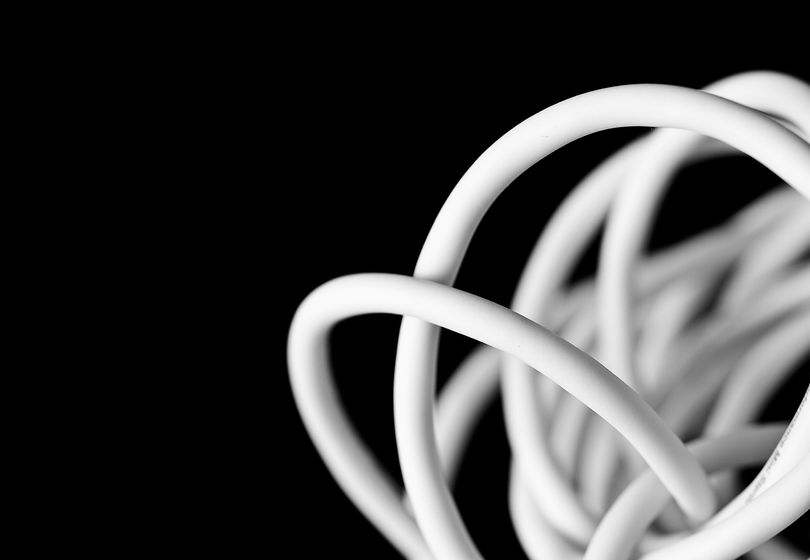
Data transfer speed is crucial when it comes to connecting devices and transferring data. Choosing a high-quality cable is essential to ensure that you are getting the best possible performance and avoiding data transfer speed loss. In this article, we will guide you through the key factors to consider when selecting a cable and provide tips on how to prevent data loss.
Understanding High-Quality Cables
When it comes to high-quality cables, there are several factors to keep in mind. One of the most important considerations is the type of cable you are using. USB cables are among the most commonly used cables for connecting devices. It is essential to be familiar with the different USB cable types available, such as USB 2.0, USB 3.0, and USB-C.
USB 3.0 and USB-C cables are known for their faster data transfer speeds compared to USB 2.0 cables. USB 3.0 offers a significant improvement in speed over its predecessor, while USB-C is the latest standard known for its versatility and fast data transfer capabilities.
Cable Shielding and Signal Interference
Another crucial factor in choosing a high-quality cable is the level of shielding it provides. Cable shielding is essential for protecting the data being transferred from signal interference. Shielded cables are designed to reduce electromagnetic interference and ensure a stable connection between devices.
Signal interference can lead to data loss and slower transfer speeds. By choosing a cable with proper shielding, you can minimize the risk of signal interference and maintain a reliable connection between your devices.
Charging Cable Quality
When selecting a cable for charging your devices, it is essential to consider the quality of the cable. Low-quality charging cables can result in slower charging speeds and potential damage to your devices. Opting for a high-quality charging cable can help ensure fast and efficient charging while protecting your devices from power surges.
Preventing Data Loss
To prevent data loss during transfers, it is crucial to choose a high-quality cable that can handle the data transfer speeds required by your devices. Using a cable with the appropriate specifications for your devices can help prevent data loss and ensure a smooth transfer process.
Cable Durability
Durability is another essential factor to consider when choosing a cable. A high-quality cable should be durable and built to last through frequent use. Cables with reinforced connectors and sturdy construction are less likely to break or fray, ensuring a longer lifespan and reliable performance.
Choosing the Right Cable
When selecting a cable for your devices, it is essential to consider the specific requirements of your devices and the type of data transfer speeds you need. High-quality cables with proper shielding, durable construction, and the right specifications can help you avoid data transfer speed loss and ensure optimal performance.
By understanding the key factors that contribute to a high-quality cable, you can make informed decisions when choosing cables for your devices. Investing in high-quality cables can help you maintain fast data transfer speeds, prevent data loss, and ensure a reliable connection between your devices.
Remember to prioritize cable quality and durability to make the most of your data transfer capabilities and avoid potential pitfalls that come with using low-quality cables.
